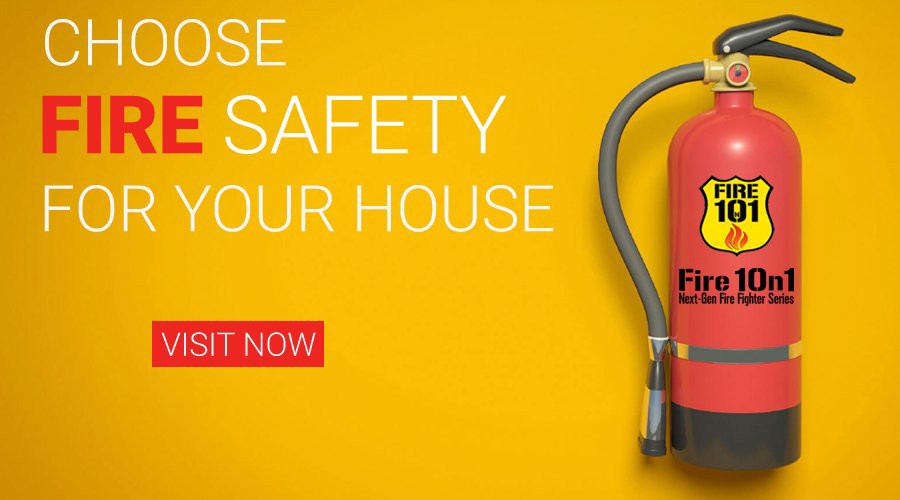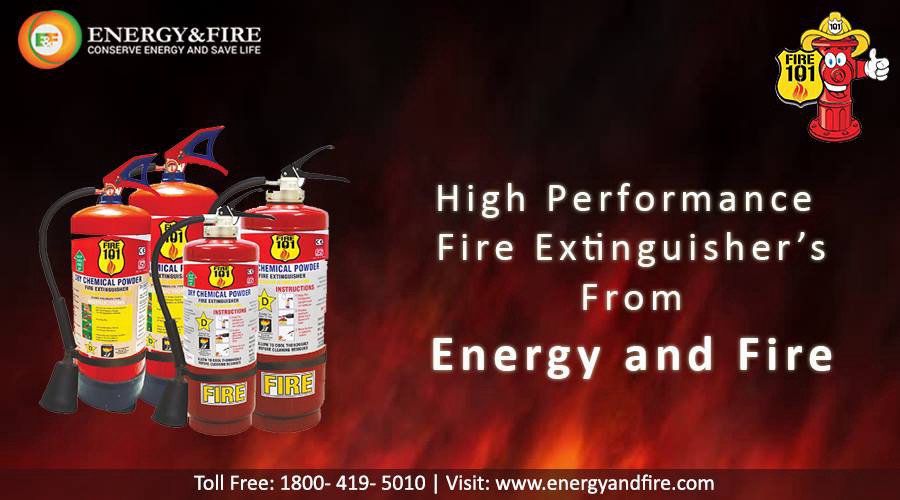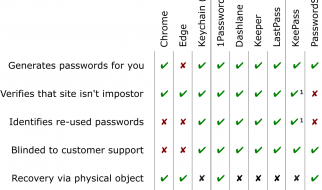The chemical with which a fire extinguisher is infused varies depending on the purpose for which it is used. Take for example the instance of handheld extinguishers that are commonly sold in hardware stores for use in garages and kitchens. They contain pressurized carbon dioxide and nitrogen and propel it as a stream of fire squelching agent to the fire.
Other extinguishers may contain a powder such as potassium bicarbonate (KHCO3), liquid water, an evaporating fluorocarbon, or the propelling agent itself. Among the fluorocarbons, the most commonly used chemical is the bromochlorodifluoromethane (CF2ClBr) referred to as halon 2111. However, the production of halons has been banned since 1994 because the bromine and chlorine atoms in the chemicals can make their way into the stratosphere where they react with ozone to deplete them in a very efficient catalytic cycle.
In contemporary times, many fire extinguishing systems are built into the building or other structure that are being protected. Water sprinklers are the most common system used because they are economical, simple to use, and does not pose any health hazards. However, the scope of their use is limited, as water cannot be used in places that are stuffed with electrical equipment. You cannot use water as a fire-extinguishing agent in a fuel storage system and it is impractical where weight and spaces are limited like in an airplane.

The best way out to eliminate fire in a confined space is to fill the space with a firefighting gas like CO2. Although CO2 works well its heavy concentration can be detrimental in a place that is thronged with people.
Bromotrifluoromethane (CF3Br or halon 1301) is a close relative of halon 1211 but has a much lower boiling point and toxicity. This has made halon 1301 as the fire-fighting chemical of choice for applications in places where it is infeasible to use water sprinklers.
Ever since halons have been ceased from usage in fire extinguishers government and industry researchers are striving hard to find an environmentally friendly alternative. We have to wait for sometimes until a chemical with the positive qualities of halon 1211 and halon 1301 comes into the forefront. The bromine and chlorine atoms in the halon molecules are not only detrimental to the stratospheric ozone but act as an inhibitor to combustion chain reaction. Bromine and chlorine atoms decompose in the heat of the fire creating a catalytic cycle that involves HBr and HCl. This cycle converts active hydrogen atoms into stable H2 molecules breaking the chain reaction.
These days fire extinguishers make extensive usage of Hydrofluorocarbons (HFC). Unlike halons, they do not contain chlorine or bromine atoms. Hence, they do not have the same effectiveness when it comes to halting the progression of a chain combustion reaction. HFC extinguishers work in due resemblance to CO2 or N2 by absorbing heat and cutting out the supply of oxygen. Still, many companies are marketing HFCs like CHF3, C2HF5, and C3HF7 for a variety of applications.

The necessity of finding halon replacements still exists and researchers are proactively experimenting with a wide variety of materials that includes iron and phosphorous containing compounds and hydrofluorocarbons which is having the ability to inhibit flames. They are trying out to develop more effective means of discharging more conventional chemicals like H2O, N2, and CO2. For instance, researchers are considering the use of solid propellant for generating an inert gas mixture analogous to the systems in car airbags. When activated they will extinguish fire like blowing out a candle.
There are other kinds of fire extinguishers that use potassium acetate based agent, which is discharged from the extinguisher as a fine mist that forms soapy foam. This foam suppresses vapors and steams, which are helpful in preventing fire, reflash. Mono Ammonium Phosphate is a dry chemical that is used in class A, B, and C fire extinguishers. Being non-conductive but corrosive it has to be cleaned up after extinguishing the fire. Sodium bicarbonate is another kind of dry chemical that is used for class B and class C fires. It is nontoxic, noncorrosive and does not require cleanup on usage.
Buy now Visit: EnergyandFire


